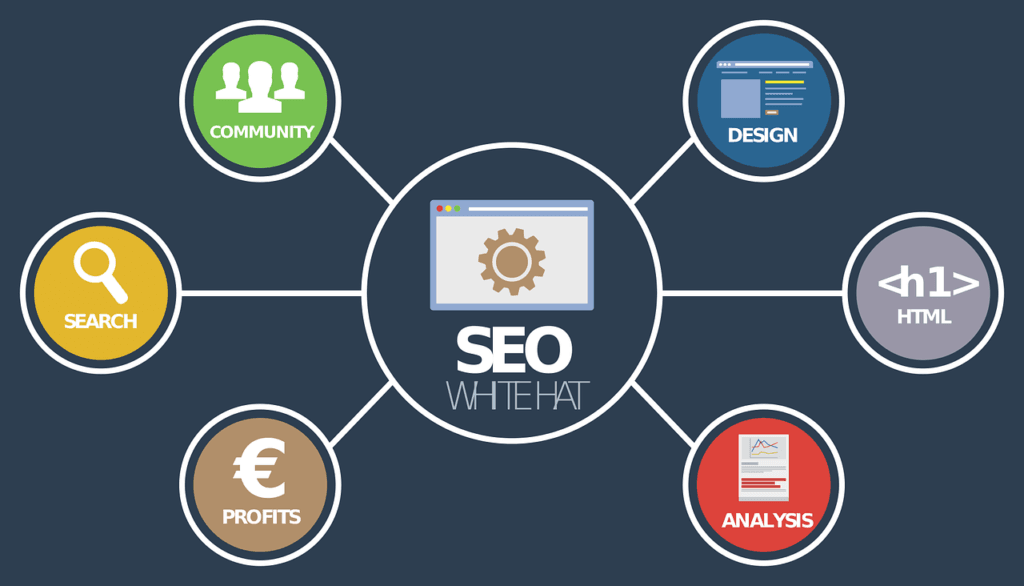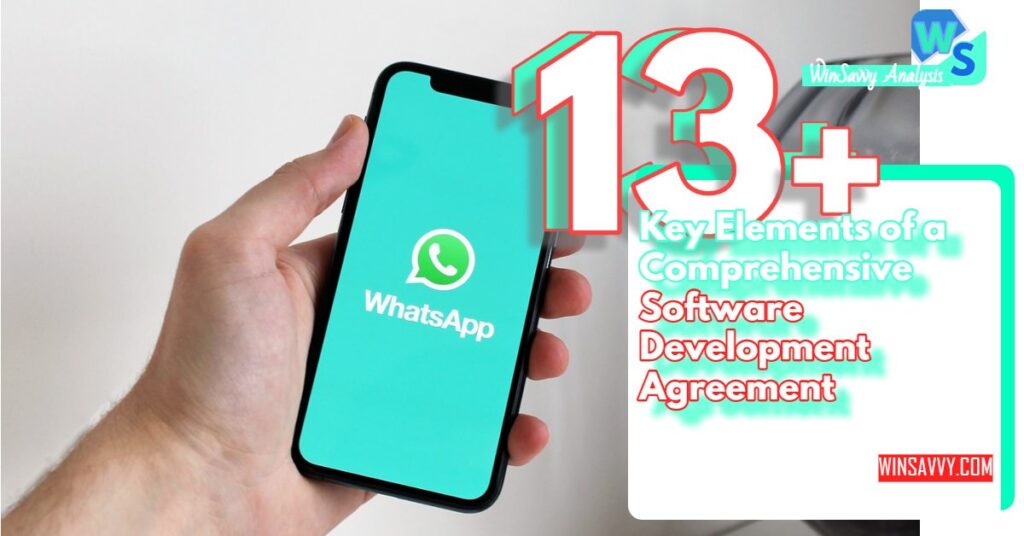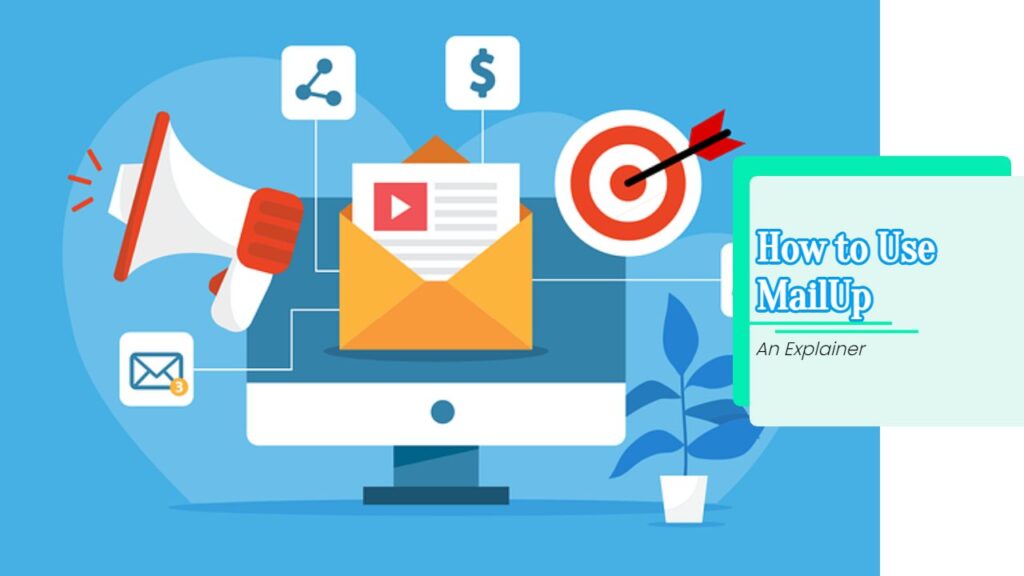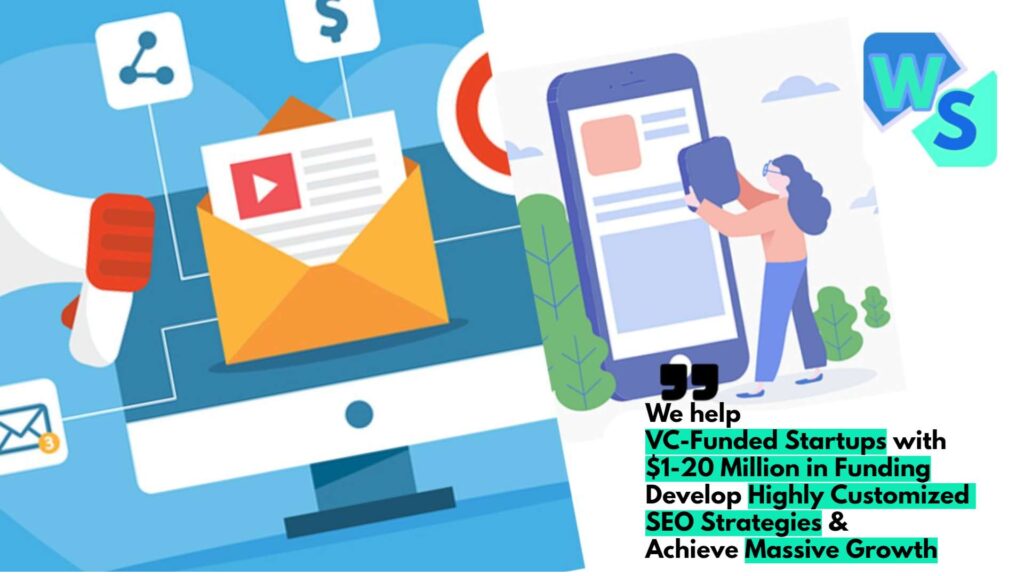A proof of concept (POC) is the actualization of a technique or idea in order to demonstrate its viability, or a proof-of-concept demonstration with the goal of confirming that a notion or theory has practical potential. A proof of concept is generally a minor project that may or may not be finished.
A proof-of-concept (POC) is a small-scale visualisation exercise that verifies an idea’s potential real-world applicability. It’s not about delivering that notion just yet; it’s about demonstrating its viability.
Project managers can use the POC to demonstrate that the suggested solution, programme, product, feature, or technique can be built.
For example, ‘Proof of concept’ is a term used in software development to describe a number of different procedures with various goals and participants: A proof of concept may be used by vendor business roles to determine whether a system meets some part of the purpose for which it was created.
Once a vendor is pleased, a prototype is created, which may then be utilised to raise funds or show to potential clients.
Benefits of Creating a Proof of Concept
A proof of concept is not the same as a minimum viable product (MVP) or a prototype. Often, all it takes is for a founder to create a prototype or conduct a survey to validate his concept.

POCs are created solely to see if an idea is viable – that is, if it has the potential to be turned into a real product.
Going through this process is important because of the following reasons-
- The ability to select the most appropriate technology stack for the programme (application or web platform).
- An increased likelihood of investor interest in a future software product.
- The capacity to simplify and increase the simplicity with which concepts for software functionality may be tested and validated.
- Before the formal software release, the first clients are onboarded.
- Receiving meaningful input from a target group (users) prior to developing a full-featured system.
Proof of Concept is Not Similar to MVPs or Prototypes
A POC, on the other hand, is intended just to test the functionality of a single or a set of concepts that will be integrated into other systems. When building a proof of concept, the usefulness of it in the actual world is not even considered because integrating with technologies is not only time-consuming, but it can also impair the capacity to assess whether the principal notion is viable.
The POC project conceptually visualises the product’s design, appearance, functionalities, navigation, layout, and other components in the prototype.
This step is done before product development is even entered into.
A prototype is a first attempt to create a working model that could be used in the actual world. Problems arise during the process, but the goal of constructing a prototype is to uncover these flaws and stumbling blocks.
A prototype includes practically all of the same features as the final product, but it is usually less efficient, less beautifully developed, and less stable.
A prototype is however not ready for introduction into the market.
An MVP, acronym for Minimum Viable Product on the other hand, is usually launched in the market and is used to test the product-market fit. An MVP is usually still in the development phase but it is the stage wherein a product is first released into the market.
A prototype and an MVP have very different scopes. A prototype is something to which you can devote a little amount of time and effort. The goal is to create a range of prototypes and be able to swiftly alter, adapt, and discard ideas.
You’ve chosen a concept with an MVP, which means you’ll have to put in a bit more work as the concept is going to be put forward in the market. As such you’re more inclined to employ more resources and enlist the help of more individuals.
However, all these three steps are required for any and all businesses as going forward a business without them can be a fatal business mistake.
So, How Can You Create a Proof of Concept?

The fundamental goal of creating a proof of concept is to find answers to the following two issues:
- Is it feasible to build the service?
- Is there a demand for what I have to offer?
Answer 1 depends on a case by case basis. However for answer 2, the necessity for the product must be established by stating who the target market is and what their pain points are.
Find out the need for the product or service
You must not, however, simply presume what the customers’ pain issues are when narrating them. They require accurate and confirmed responses.
These responses can be obtained by interviewing a sampling of customers. They should inquire about the customers’ complaints, what they want a product to accomplish to ease their trouble, and the user experience they desire, among other things. This enables project managers to have a thorough understanding of their clients’ sentiments and viewpoints, as well as a list of particular goals and aims for their POC.
A great way to go about this is by collecting data from users via strategies like interviews, surveys, secondary research etc.
Set up meetings with some of your target audience; have them talk about their pain points, ask questions and offer suggestions. However, never ask leading questions.
Also, video record the interview sessions and if possible have it observed by another team member in real time.
Online surveys help speed up the process, but does not allow you to go in depth.
For these, Microsoft or Google forms work best.
However, a combination of these strategies help find out the most useful data points that a business can work upon. I would suggest you try out online surveys en masse and then use the data to conduct interviews as you will then have a good starting point.
Having if the business has expertise in data science can also help make use of the huge data that needs to be collected during this stage.
Related Reads:
- Data Privacy Laws in India and its Impact on Businesses
- How GDPR is Affecting Businesses Worldwide
- How Indian Businesses Need to Protect their Customers’ Data under the Information Technology Act, 2008
Brainstorm how the pain points of target customers’ can be eased

In this stage, project managers have to begin discussing with their team to get the best solutions to the customers’ pain points, keeping in mind that they must also be viable and within the company’s capabilities, based on the responses of the sample group.
Design thinking can be a pretty useful strategy that can be deployed here. However, watch out some problematic design thinking mistakes that may crop up.
The team should next evaluate each brainstorming option in terms of expected costs, technology, operational capacities, competition, and resources, among other factors.
They can even reduce the number of ideas on the table to the most viable ones and complete their suggested product.
In order to solidify the proposal, the team should talk about how their solution might help the organisation or stakeholders achieve their objectives.
Create a Hypothesis of the problem and how you intend to solve it

A hypothesis is a specific, tested prediction, such as the existence of an issue for which customers would prefer a solution.
For example, suppose you are creating a social media for dog lovers. So, the hypothesis may be that dog lovers are willing to connect with each other on the web.
But, that’s not enough. You need to improve upon the hypothesis.
Get into the nitty-gritty of the hypothesis. Take the above example, for instance.
Ask yourself, how would the dog lovers like to connect on the web? Would it be via a social media, or would they want a platform like Reddit?
Or, would they want a self-help group, wherein they can share important information related to their pets while at the same time, connect with each other.
Once, that’s done, it’s time to think of the solution that you want to offer.
This step transforms the idea into a concept as you begin to consider a solution that truly answers the desired problem. The notion consists of –
What issues would the solution address?
What benefits will the consumer receive as a result of the problem’s resolution?
Time for the Prototype
Okay, you’ve given it tons of research, brainstormed upon several possible solution and then finally chosen one.
But now, you have to test it out in the real world. And, this is where the prototype comes into play.
Once the team has come up with a viable idea, they should build a prototype based on the requirements, features, and solutions that have been determined.
The project team must allow members of their test group to try out the finished prototype. This allows them to rapidly identify whether the solution actually addressed the group’s pain points.
The team will be able to document their input more simply if they test it with the same group, which is necessary for the following phase.
However, you can run simulations of the same experiment simultaneously with different samples. However remember that only the final results of each test can be tallied, or else, you risk muddying up the entire experiment.
Get Adequate Feedback on the Concept and Use It to Improve Your Offering
During prototype testing, the project team must collect and document feedback from the sample group about their experience, reactions, and any other pertinent information, such as what they think of the user interface.
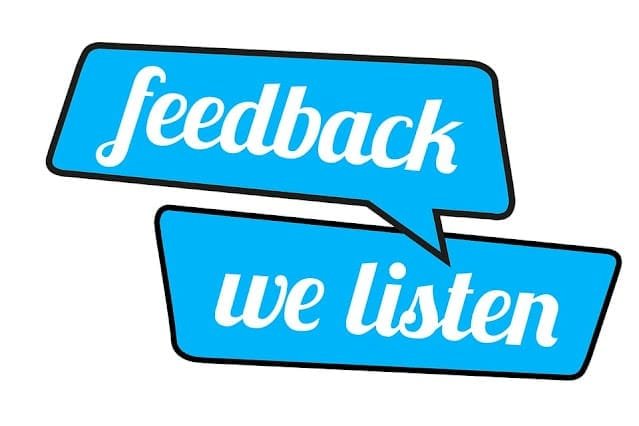
The feedback gathered allows the project team to verify the solution’s usability and feasibility at the outset. It also alerts the team to any necessary improvements to the proposed product and provides valuable insight into future relevant actions.
To get feedback, use a cloud-based platform. Your project team, or even your sample group, will be able to participate and collaborate more easily as a result.
Remember, for this step, iteration and reiteration is the key. Constantly, improve upon the product and if required and the data confirms so, don’t be afraid to swing gears and go in a different direction.
This is also a very important part of lean methodology.
Now Showcase Your Proof of Concept for Further Testing and Approval
By now, you have arrived at an idea that you believe can work in the market.
You can now prepare their presentation to the stakeholders after the notion has been tested and improved depending on feedback.
You must illustrate the value of the idea by presenting, among other things, the pain areas that the product addresses, the features that address those problems, and the technologies that are incorporated.
You should go over the product development and project management components in greater detail, such as success criteria or project management metrics, evaluation measures, timetables, next project management plans (if authorised), resources required, and other factors mentioned before.
And, that’s it!
You can start implementing upon the proof of concept once you have received clearance and funding.
Wrapping it Up

A proof-of-concept (POC) assists organizations in determining whether a given idea is practical and appealing to the target market, as well as feasible for the company.
Project teams can use the POC to investigate the anticipated components and functionalities of the proposed product, as well as the prices, resources, and capacities required to make it a reality.
Companies can use these facts to better assess the readiness of newly produced solutions for wider acceptance, approve the concept, and determine whether or not to invest in its execution.
For any queries or help with your startup, feel free to book a free consultation with us. You may also check out our list of services if you need any help with your business efforts.
Read Next:
- Does Your Marketing Functions run While You Create Your Proof of Concept? It Should!
- How to SWOT and PESTLE Analyse Your Business Plan
- The Ultimate Guide to Revenue Models





